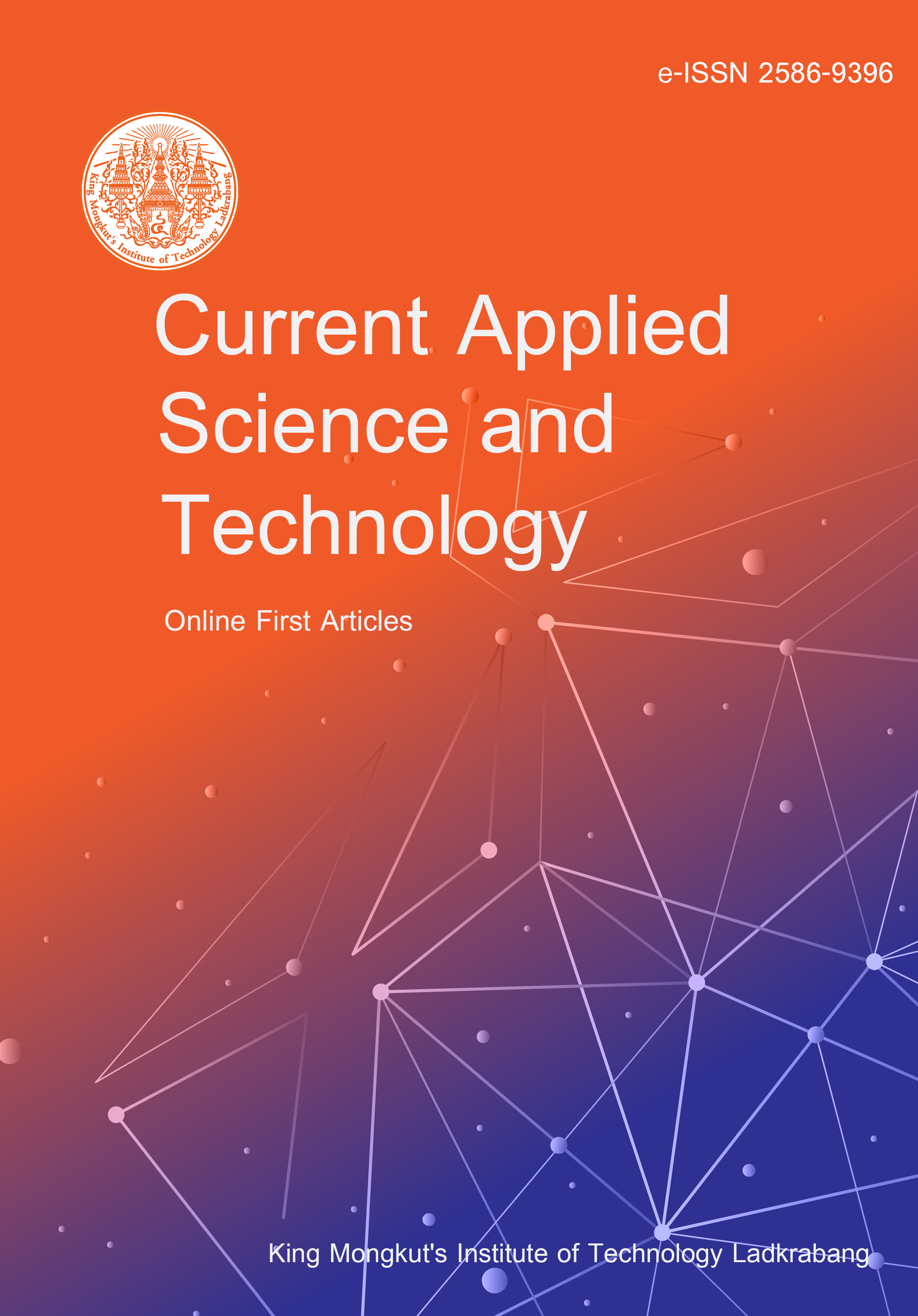Folate or vitamin B9 is an essential nutrient that supports a variety of biological functions. Folate deficiency can lead to a variety of health problems, including megaloblastic anemia, digestive problems, and impaired neurodevelopment in the fetus during pregnancy. Currently, folic acid used for fortification is generally synthesized chemically, which causes unwanted side effects. Bacteria are able to produce folate, but folate production from probiotics has not been widely reported. In fact, folate-producing probiotics can provide an additional source of folate for the body through its absorption in the intestine. This study aimed to select, isolate and identify fructophilic LAB strains from wild giant honeybee hives that had probiotic potential and the ability to produce folate. The results showed that the fructophilic strains Enterococcus faecium MD05, Enterococcus sp. MD23, and E. faecium MD29, identified based on the 16S rRNA gene, are lactic acid bacteria with Gram-positive and catalase-negative properties. All three have probiotic potential, indicated by in vitro tolerance tests to pH 2.5 and 0.3% bile salt, have antimicrobial activity, are able to form aggregates against pathogens, and are sensitive to antibiotics. Enterococcus faecium MD29 was successfully proven to produce extracellular folate up to 5 ng/mL. The multi-functional characteristics of fructophilic LAB have not been widely reported. The unique characteristics of fructophilic LABs, as demonstrated by this strain, remain underexplored. Genetically, E. faecium MD29 is closely related to commensal bacteria of the digestive tract, enhancing its potential as a functional food ingredient. These findings provide a strong basis for conducting in vivo studies to evaluate the strain’s safety and validate its probiotic claims. Further research is also needed to determine the specific type of folate synthesized from fructose and its biofunctional properties.
Yusuf, D. ., Mahara, F. A. ., & Rubak, Y. T. . (2025). Exploring the Multifunctional Potential of Fructophilic Enterococcus faecium as a Probiotic and Extracellular Folate Producer Isolated from Wild Apis dorsata Honeybee Hives in East Nusa Tenggara. CURRENT APPLIED SCIENCE AND TECHNOLOGY, e0265888. https://doi.org/10.55003/cast.2025.265888

